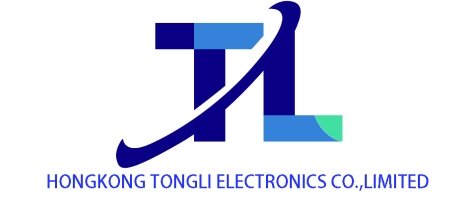Storage Market: Cooling Down and Stabilizing with Price Stabilization and Pattern Evolution
After the hot market in the second quarter, the storage market has shown signs of cooling down recently. This week, the market as a whole has entered a stable phase, with the fluctuation range of supply and demand for various products narrowing, and the industry pattern and product trends showing many new changes, with different performance in various segmented market data.
Heavy news came from the domestic storage sector. ChangXin Memory Technologies, a leading company in the industry, officially launched the listing counseling and launched an impact on the capital market, which has aroused widespread concern in the industry about the reshaping of the domestic storage industry pattern.
Undercurrents are surging in the competitive pattern of original manufacturers. Samsung Electronics’ interim results for the second quarter fell far more than expected. The original expected performance decline was 40%, but the actual decline was close to 60%. Affected by the increasing uncertainty of demand in the second half of the year, Samsung has reduced the operating rate of HBM, and the wafer shipment volume has decreased by 50%. According to institutional data, SK Hynix’s sales in the second quarter are expected to be the same as Samsung’s, both 15.5 billion US dollars, which means that it has caught up with the industry leader, and the global storage market pattern may usher in a major reversal in the next few quarters.
Module manufacturers are under obvious pressure. Demingli, a Shenzhen-based company, forecast a loss of 80 million to 120 million RMB in the first half of the year, a sharp year-on-year decline.
Specific product markets show a differentiated trend. The DRAM market has obvious cooling characteristics, with reduced market liquidity, and practitioners’ wait-and-see mood dominates, and product prices have stopped falling and stabilized. In terms of prices, in this week’s memory OEM market quotations, the D4 sector’s 16G 2666 increased by 2%, while other capacities remained unchanged; all capacities in the D3 sector remained unchanged.
The demand for the SSD market is sluggish, and prices remain stable. Affected by stricter customs supervision, the compliance costs of small and medium-sized manufacturers have increased, the difficulty of particle trade has increased, leading enterprises have more advantages, the market has fallen into a stalemate, and some merchants have entered the holiday mode waiting for the market inflection point. In terms of prices, in this week’s approximate quotations for NVME 3.0, except for the 2T capacity which fell by about 1%, other capacities remained unchanged; in the approximate quotations for NVME 4.0, except for the 480G capacity which remained unchanged, other capacities showed a downward trend, with a decline range of about 1%; all capacities in the SATA 3.0 market quotations remained unchanged.
The contract prices of original manufacturers in the wafer market have declined, and participants are full of wait-and-see mood. The contract price of the FLASH particle market is generally stable, but the supply of large-capacity products is tight, and the supply of INK DIE test goods and disassembled goods is also tight. Traders generally adopt prudent business strategies.
The demand for the USB market is flat, and the number of inquiries has increased slightly. In terms of prices, the PCBA category 32G and 64G are 8.5 RMB and 10.1 RMB respectively, down about 1% from last week’s 8.6 RMB and 10.2 RMB, and other capacities remain unchanged; the prices of all capacities in the UDP category remain unchanged; the USB 3.0 category 32G and 64G are 10.4 RMB and 13.1 RMB respectively, down about 1% from last week’s 10.5 RMB and 13.2 RMB, and other capacities remain unchanged.
The TF card market is in the traditional off-season of summer vacation, with weak demand, and merchants mostly choose to stock up moderately to maintain operations. In terms of prices, the prices of 64G and 128G capacities have increased by about 1%. Among them, 64G has changed from 16.8 AS/13.3 AY to 16.7 AS/13.4 AY, and 128G has changed from 38.3 AS/29 AY to 38.4 AS/29 AY, while other capacities remain unchanged.
On the whole, affected by weak terminal demand, the atmosphere of the storage market tends to be light, and practitioners are full of wait-and-see mood. The short-term market is expected to maintain a stable trend. The DRAM market needs to be alert to trading risks, and the industry is waiting for substantive improvement signals on the demand side.
